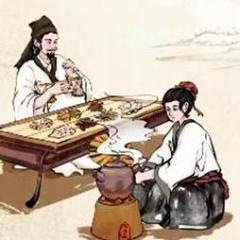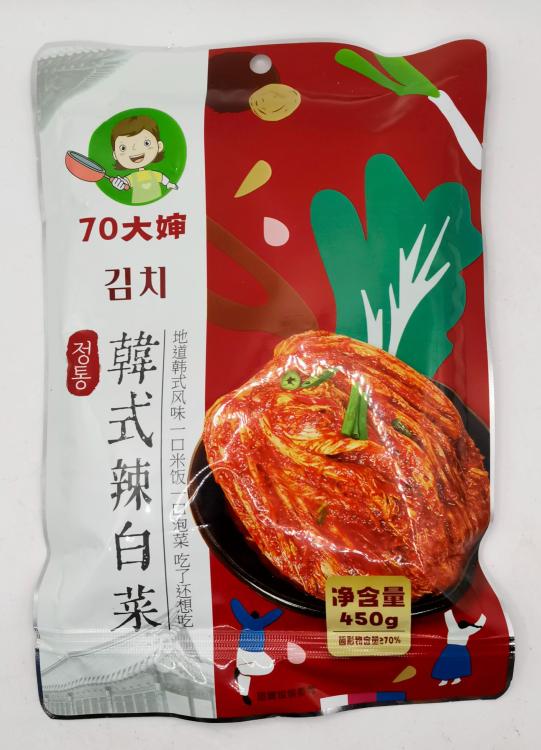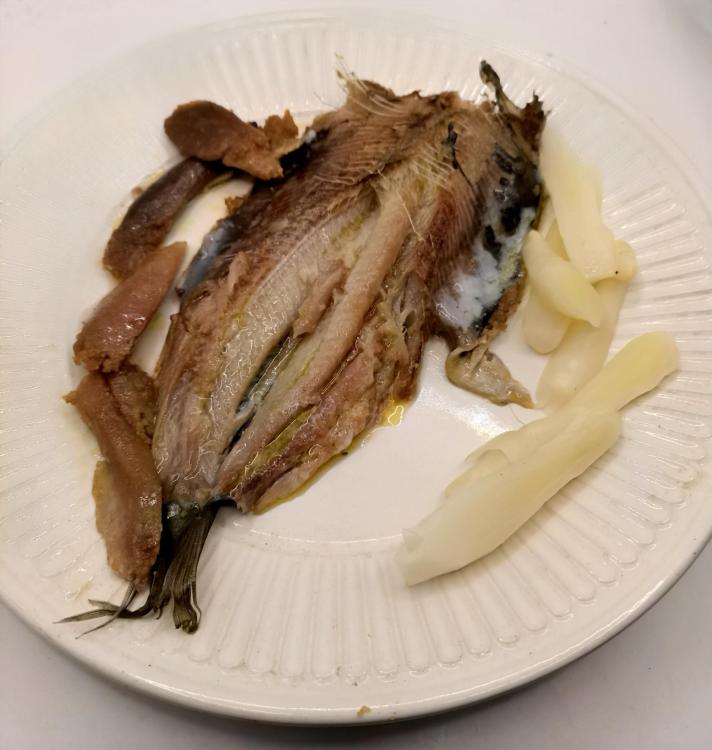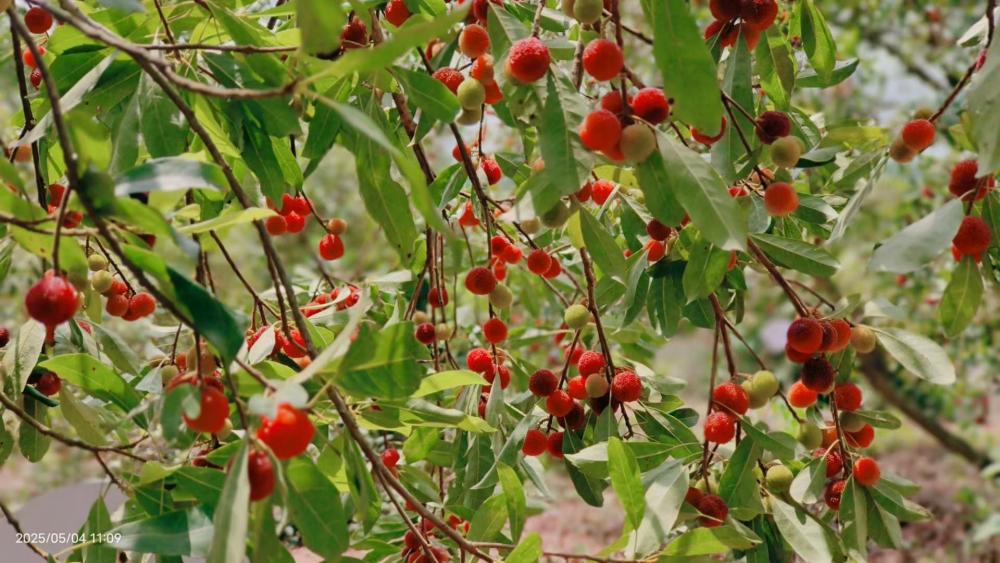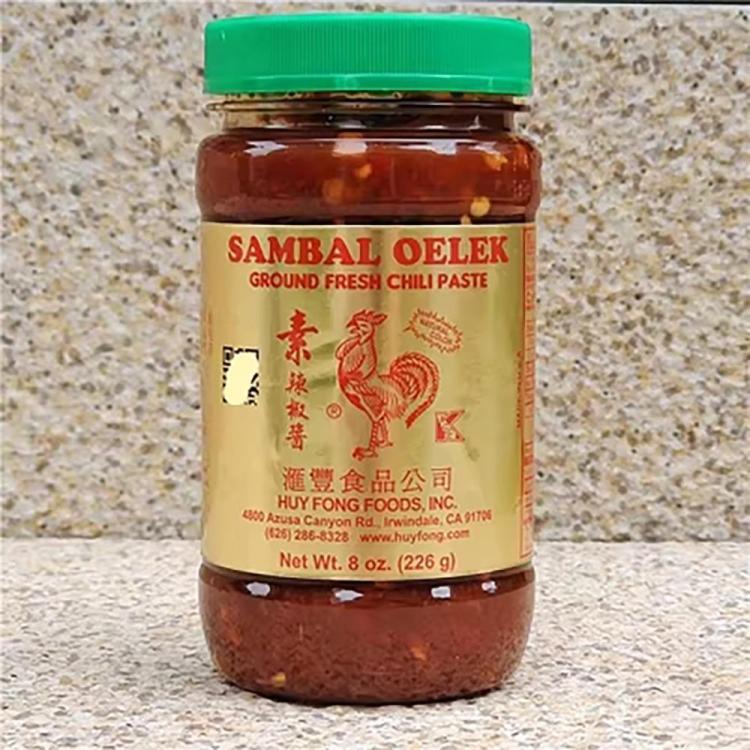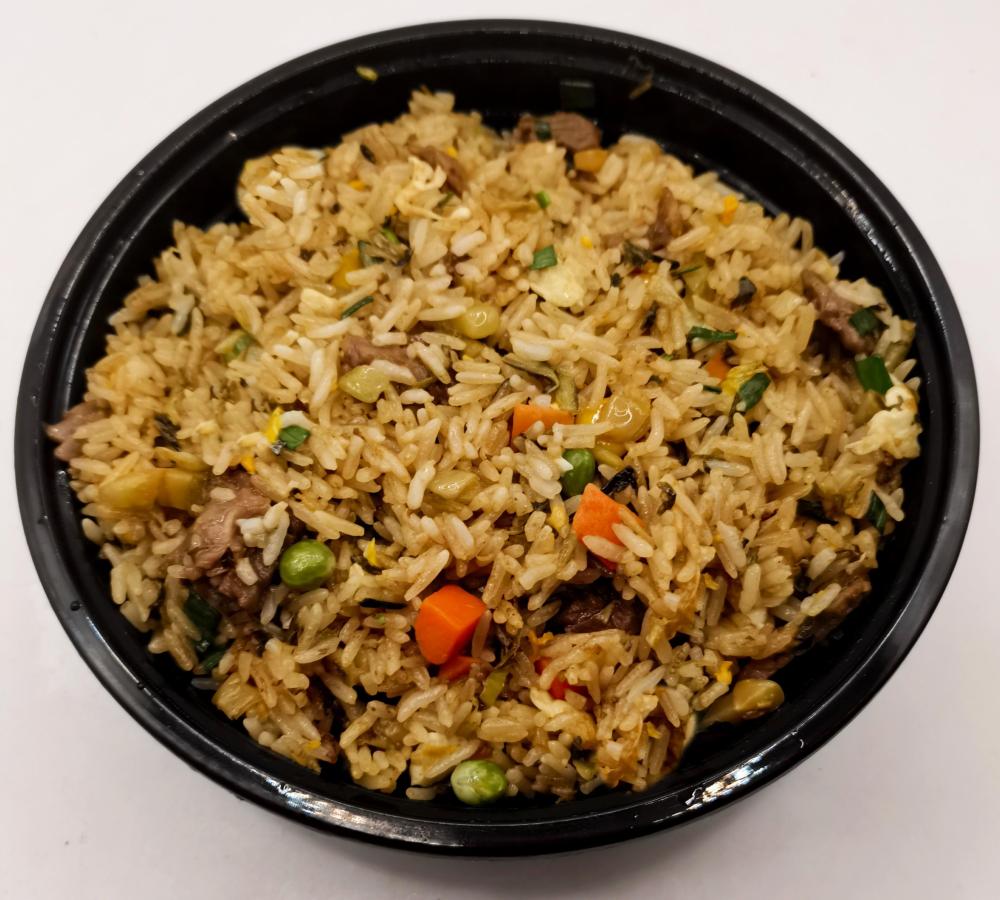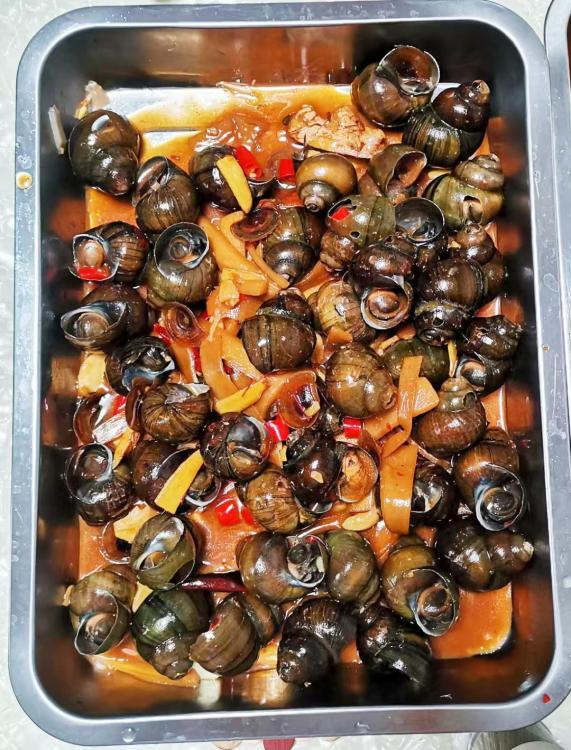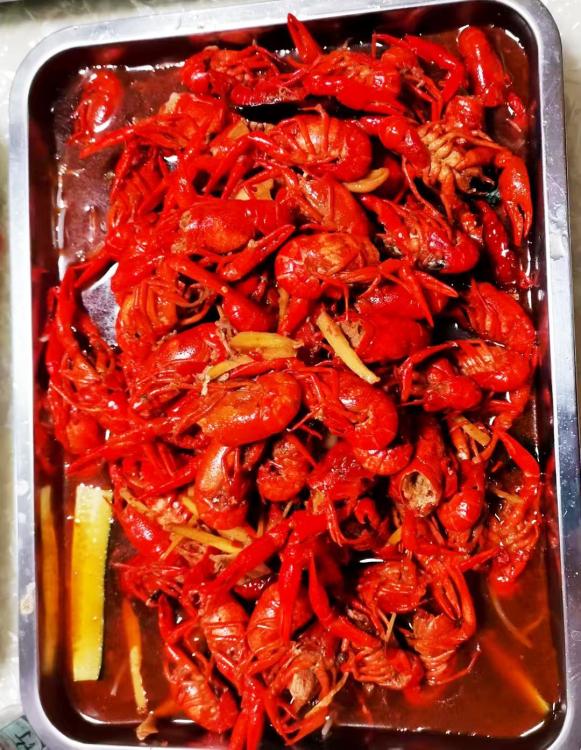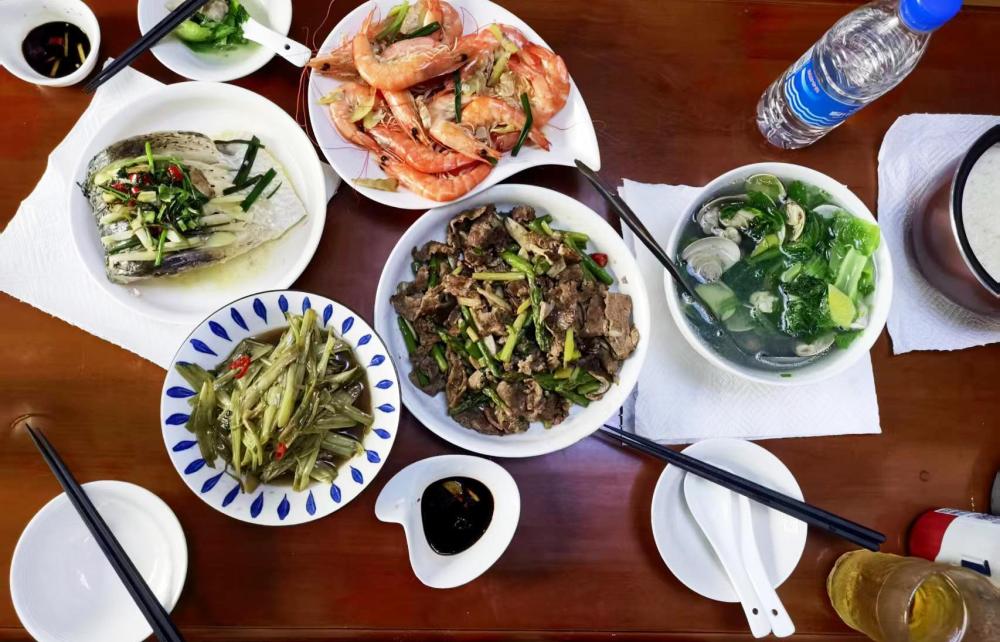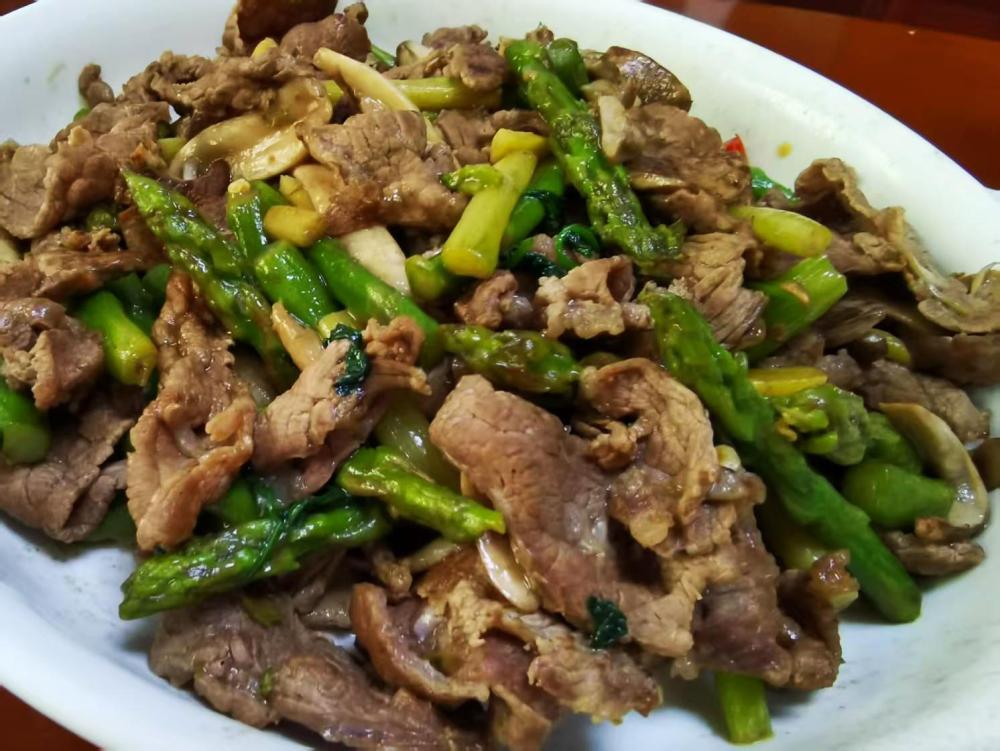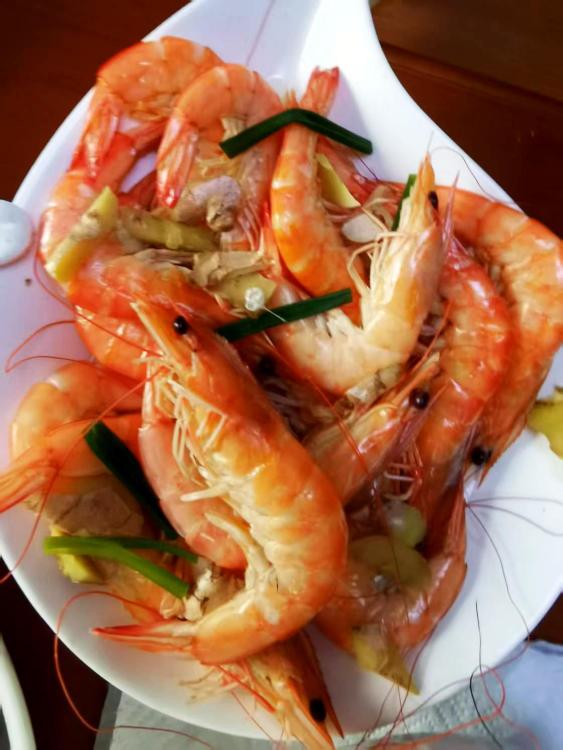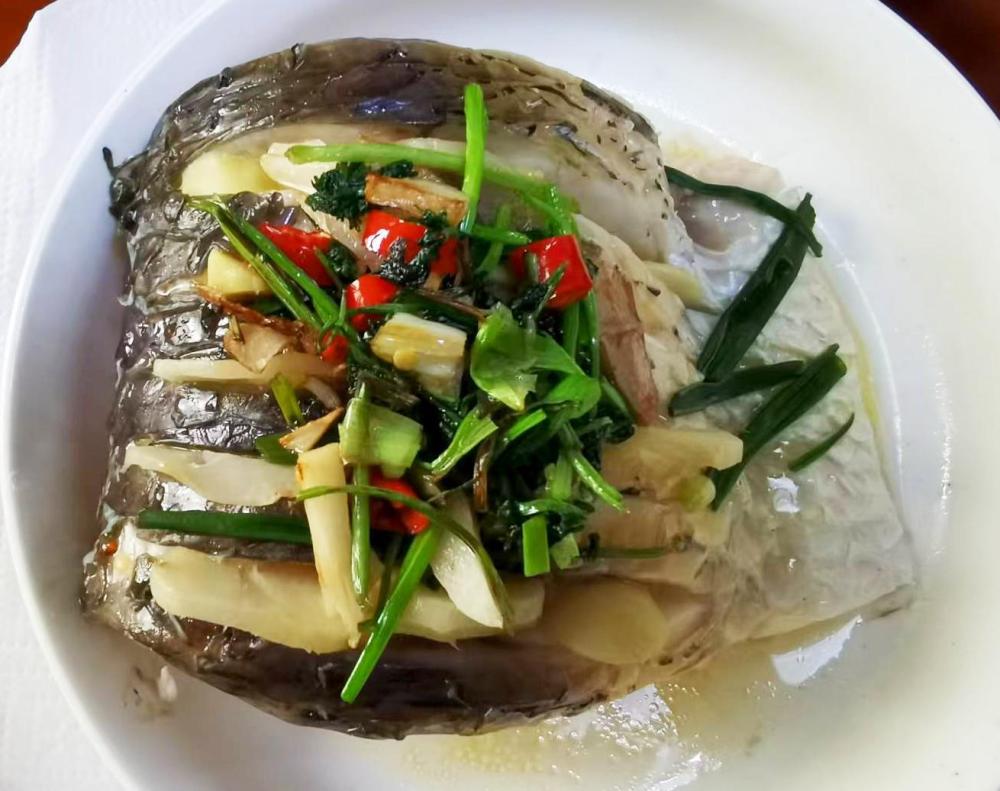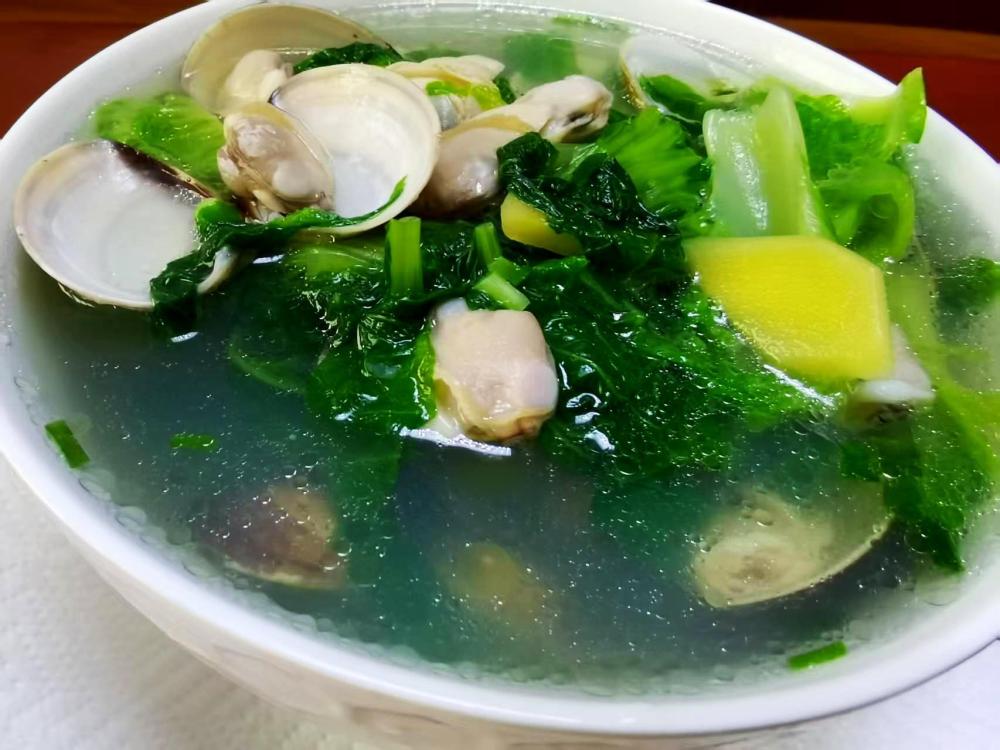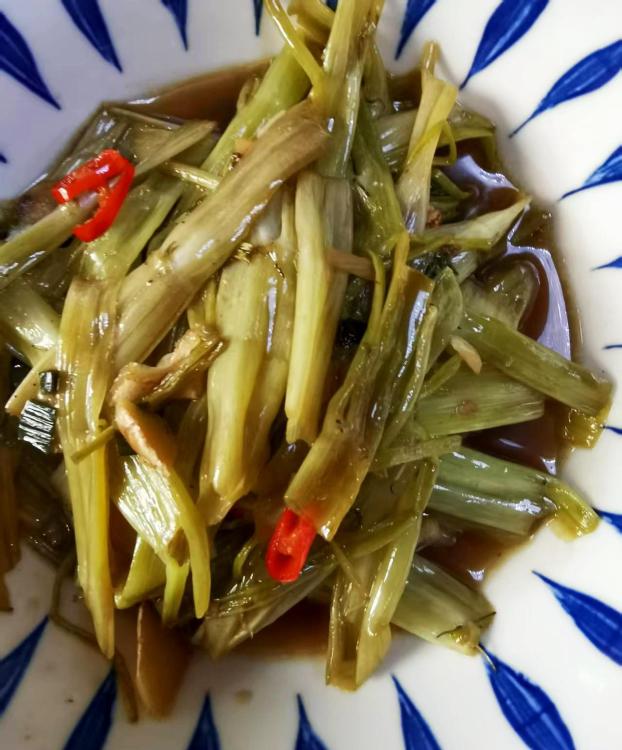-
Posts
16,672 -
Joined
-
Last visited
Content Type
Profiles
Forums
Store
Help Articles
Everything posted by liuzhou
-
Sorry. This sentence should read "In 2013, Korea announced 辛奇 (xīn qí) to be a new translation for China to use – a move that China has, sensibly in my view, totally ignored."
-
Good morning! I eat congee most mornings but usually a meat version. However the basic recipe is the same no matter what is added. Once a week I use my slow cooker overnight to prepare a week’s supply. It keeps well in the fridge or can even be frozen. I find that different batches of rice require different amounts of liquid. I think this depends on the type and age of the rice. So when I get a new batch I experiment. I start by using 1 part rice to 6 parts liquid- mostly water but sometimes chicken stock, although you could use vegetable stock if you want. Additions at his stage are only salt, if you want to go that way. Most congees here, however are unsalted with any salt component coming from the other additions, especially the pickles. But then, salt is rarely used with rice, which is seen as a neutral background to other foods.. Next morning, I check it and should it be too thick, simply add more water and cook a bit longer. You can’t really overcook congee unless you get ridiculous. If too thin (rarely) then a brisk boil thins it down. Obviously what you think is too thick or too thin may be different, so is to your own taste. Next time I use that batch of rice, if not at first how I prefer it, I adjust the starting amount of water next time. It is always somewhere between 1:4 ad 1:8. The breakfast places with congee on the menu usually offer two or three consistencies. I then decide each morning what I want to add. This is most often meat (pork or chicken) and century eggs. These I quickly stir fry with perhaps chilli and ginger and add to the cooked rice. Then serve it, almost always with some pickled vegetable. Another favourite which is vegetarian is mushroom congee, usually made using fresh shiitake mushrooms but any fresh or rehydrated dried edible mushroom would work.
-
There are many meatless congees. The most simple is 白粥 (bái zhōu), which is simply rice and water but you can add anything. It is usually served here with pickled vegetables similar to kimchi. A common version is with eggs, usually century eggs with greens, but salted or just chopped-up boiled eggs are also used. It's bed time here in the land of the rice eaters but I'll add more tomorrow.
-
Years ago, I discovered that when I write a list, the contents are ingrained in my memory and I don't need the physical list anymore. It has worked with shopping lists and recipes as well as unrelated things to be remembered. Particularly useful when giving hour long lectures. Worked better than some of the lectures I suffered through as an undergraduate where some dozy professor read out the same lecture he'd been reading out every year for the last 40. One rather famous prof managed to fall asleep in the middle of his own lecture. Now I just struggle to remember where I put my jar of black garlic or whatever.
-
I’m guessing everyone here knows 김치 even if they don’t read Korean. It is Kimchi in English although the standard Korean transliteration is gimchi (still pronounced with an initial k). You may be wondering what it’s doing here in a Chinese pickle topic and there's the rub as Hamlet said although he never ate the stuff. China and Korea have been arguing about this for a long time. China has stated that they essentially invented it but call it 泡菜 (pào cài). Korea deny this while recognising that pao cai is Chinese. They insist that there are significant differences between the two products; differences which China even acknowledges although claiming it doesn’t change the origin. Since 2012, China has banned the import of Korean kimchi on the grounds that it contains more lactic acid bacteria than permitted under China’s food laws. In 2013, announced 辛奇 (xīn qí) to be a new translation for China to use – a move that China has, sensibly in my view, totally ignored. Countries do not get to decided another’s language vocabulary At the same time, however the rising demand kimchi in Korea has lead to shortages there and these are made up by importing kimchi from elsewhere, especially China! China, in the meantime, continues to make and sell 韩式辣白菜 (hán shì là bái cài), ‘Korean style spicy pickled napa cabbage) within China and here it is. Here is a real Korean kimchi imported before the 2012 ban. It is made from 桔梗本 (jié gěng běn), Korean: 도라지 (doraji). Long gone. By the way (1), most kimchi contains fish products (mainly fish sauce) so is not vegetarian. By the way (2), ethnic Korean are officially considered one of China’s ethnic minorities and have a large presence in Yanbian Korean Autonomous Prefecture in Jilin Province, bordering North Korea.
-
It is relatively high, yes. For comparison a regular Snickers bar of the same weight is less than $1.
-
Despite all my efforts, it seems I’ve been ‘influenced’. Not directly. According to this article in the Observer last month, a Tik-Tok craze has caused a global shortage of pistachios, (not that I’ve noticed any such shortage here). They have all been used to make a type of chocolate bar which originated in Dubai in the UAE. For the record, I’ve never watched anything on Tik-Tok or been tempted so to do. Today, going through my delivery app looking for something else, I noticed these and although I don’t eat much chocolate, I do like pistachios a lot, so I succumbed. This is a Chinese made version. Not at all bad, but not great quality chocolate and over-priced at the equivalent of $2 USD for a 50 gram bar. How close it is to the original from Dubai it is, I don't know.
-
-
This is 梅干菜 (méi gān cài), sometimes shortened to just the first two characters and is another type of preserved 芥菜 (jiè cài), leaf mustard, Brassica juncea. This time it goes through a more complex processing. The mustard plant is sun-dried before being salted and pressed by hand to remove all remaining moisture. It is ten re-salted and left to dry ferment for two to three weeks, As if that's not enough punishment, it then repeatedly steamed and re-dried until the preserving shamans are happy it's of the right colour and fragrance. It is important in Hakka cuisine and nearly always used to accompany pork. It is essential in a famous Hakka dish, 梅菜扣肉 (méi cài kòu ròu), which is a complicated dish of pork slices interleaved with the vegetable, although the Hakka here in Guangxi (and Guangxi's Zhuang) people prefer to use taro as the vegetable. component of the dish). Details of the Zhuang version are in this topic. The method is the same with the preserved mustard type. It often appears in Bao (steamed buns), again with pork but also on its own. Meigan and Pork Bao The bundle above cost me just over one dollar USD.
-
Not a pretty plateful by any means but great flavour. Smoked herring and its roe with pickled ginger. Served with sourdough and butter..
-
Damn! I had a brain fart. Although it's still not arbutus. It's not jujubes. It's 杨梅 (yáng méi), bayberry. Myrica rubra. My favourite fruit!!!
-
Yes. That is a common feature of several languages. In Mandarin 子 (zi) is added to many words to nominalize them. We do the same in English. For example we add -ness to adjectives to make words like laziness.
-
Not in any detail - just that it is used that way. I got the impression it's used more at home. yes. I'd ask but they are on a plane heading back to Jakarta right now.
-
Me neither.
-
Over this weeks’ 5 day public holiday, I met three of my ex-students from Jakarta who were revisiting their old overseas university here in Liuzhou. With their help, I think I got to the bottom of the sambal oelek controversy. They confirmed the name is Indonesian but in the old spelling introduced by the Dutch. In Modern Indonesian it is ‘ulek’ or ‘ulekan’. It refers to the pestle in the mortar and pestle combo. Cobek is the mortar and ulek is the pestle. It also refers to both the grinding action and the resulting ground stuff. It is basically chillies ground with salt. So chilli paste. The results are used in Indonesia as the basis for other sambals or in other dishes by itself. One student told me her grandmother was known as ’Mother Ulek’ in her village for her skills with the sambal making. Some industrial producers use the old spelling oelek in the same way many do with Chinese by using the outdated transliteration system which refers to what is known as gongbao chicken in China by the name kung po or similar in the west. American Sambal Oelek.
-
蓝莓 (lán méi), blueberries, Vaccinium angustifolium, native to North America but cultivated here in Yunnan Province, south China. Must admit I wouldn't mourn if I never saw another one. An alternative Chinese name is 午饭果 (wū fàn guǒ), literally 'black rice fruit', with 'rice' indicating 'small'. I've always thought this a more appropriate name. They aren't blue in my eyes.
-
Another day; another fried rice. 酸菜牛肉炒饭 (suān cài niú ròu chǎo fàn). Beef and Pickled Vegetable (Chinese sauerkraut) fried rice.
-
-
Slight correction to the above. Too late to edit. Sprats (Spratus Spratus) are related to herring, being members of the Clupeidae family, but a different genus. Their native range is shown in this image. AquaMaps (2019, October). Computer generated distribution maps for Sprattus sprattus (European sprat), with modelled year 2050 native range map based on IPCC RCP8.5 emissions scenario. Retrieved from https://www.aquamaps.org.
-
@Smithy We do get sprats here in China but imported, like yours from the Baltic region. Yours were Latvian as is this brand available here or from Russia. They are also often mislabelled as herring or even sardines. In fact the Chinese name for them 西鲱 (xī fēi), literally translates as 'Western herring'. The two species do inhabit the same waters but are unrelated. The same Chinese name is also sometimes used for yet another unrelated species, shad. Confusion reigns.
-
I was joking. Why do they have to point out a jar of fish contains fish?
-
-
I was shocked to see your jar of Baltic sprats contains fish!! 🐡
-
Yesterday was a public holiday, the first of five, if you count next weekend, as the Chinese do. However, today is the main day May 1st, the international Labour Day. Yesterday, two of the last students I taught before retiring came to visit. I have cooked for them in the past, but this time they wanted to cook for me to demonstrate they had learned something besides linguistics. Well, one of them wanted to cook; the other was assigned washing and chopping duties. She is now a PhD student and lives on campus in Guilin without cooking facilities. Here is last night’s dinner The Spread Beef, Asparagus and Matsutake Steamed Shrimp Steamed Grass Carp Clam, Pork and Greenery Soup This was morning glory but I have no idea how she cooked it. Unfortunately, it was inedible. It turned out she tasted it then salted it but thought it needed a little sugar to lift it - a common Chinese practice. Unfortunately, she thought a container of sea salt in my kitchen was actually the sugar and re-salted it in error. They were mystified as to why I have more than one kind of salt (I have four). So, they gained a lesson on saltistics. This caused more hilarity than grief and we had too much food anyway and everything else was more than fine! The chef


